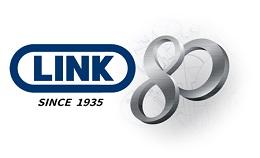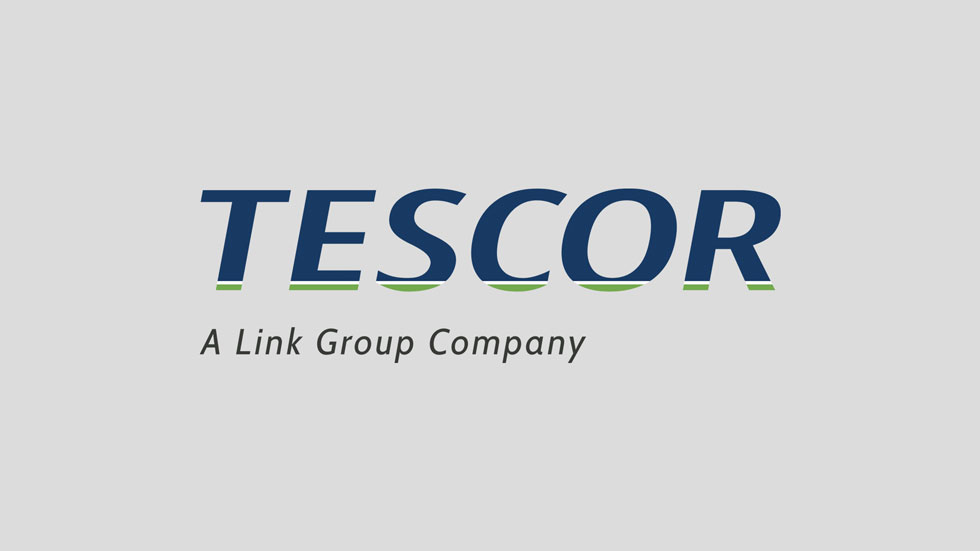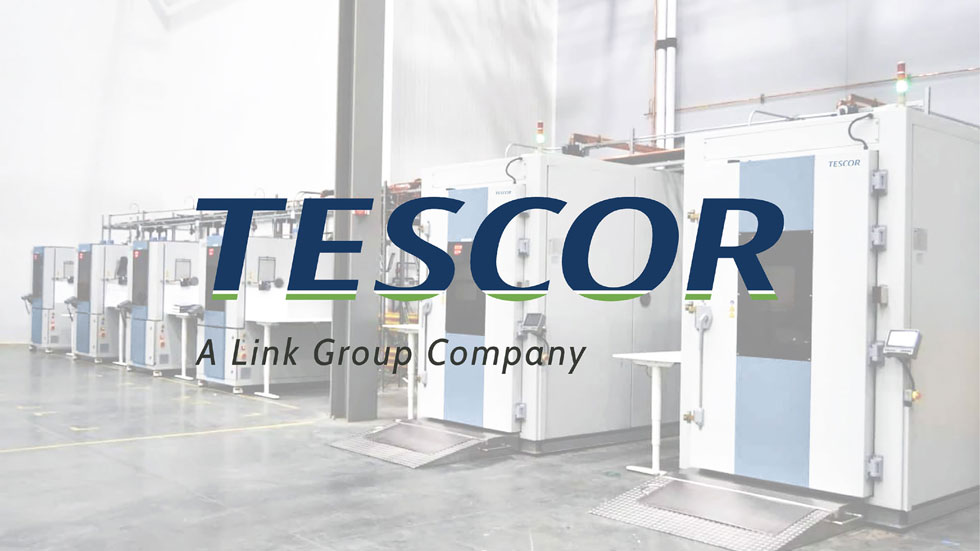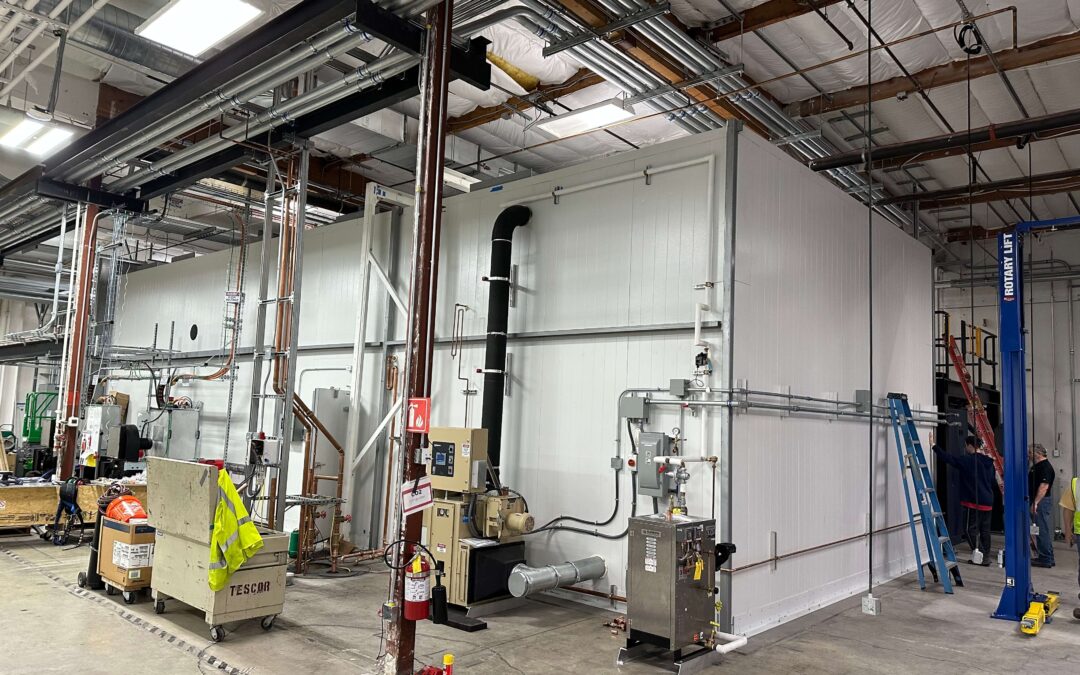2015 – Link Engineering Company celebrates 80 years of business. In commemoration of its 80th anniversary, Link Engineering decided to look back on some of the important moments that helped to shape the company into what it is today.
EARLY HISTORY
In 1926, Herbert Wolfgang Ernst Emil Link moved from Besigheim, Germany to St. Louis Missouri. After the Great Depression, Herbert began making tap wrenches and selling them door to door. In 1935, Link Engineering Company was officially established in Herbert’s basement. The initial product line was made up of tap wrenches and edge finders. In 1936, Herbert acquired a patent for a spring testing device, and began producing and selling it to a market of willing buyers.
1940s
Link Engineering moved into the company’s first stand-alone facility on Elmira Street in Detroit. LINK acquired the United Electric Company from General Motors, which provided entry into the electric motor repair business. In the mid-40s, LINK hired T.P. Chase, and worked together with GM to develop the chase machine as a method to assess friction material characteristics. The company also began developing pump and motor test systems, including the uni-beam, which measured torque before there were electronic transducers. LINK was quickly becoming a wide range provider of test solutions.
1950s-1960s
In the early 50s, Herbert Link developed a technique for simultaneously machining both flutes of a center drill cutting tool, launching LINK’s involvement in the cutting tool industry, and the establishment of Link Industries in Indian River, MI. It was here that LINK developed the company’s first winding machine for electric motor stators, leading to the development of the stator lacing machine. In 1961, LINK designed and manufactured its first inertia-type brake dynamometer for Kelsey Hayes. Within a few years. LINK had built several more dynamometers, and found itself well intertwined with the thriving automotive industry.
1970s
The early and mid-1970s served as an era when LINK became highly involved with producing large dynamometers for heavy truck and off road vehicle industries. LINK was building test systems larger than ever before, but continued to improve upon its operational efficiencies. Beginning in the mid-70s and continuing to this day, LINK has produced a wide variety of control systems. LINK’s control systems have evolved to keep pace with the needs of its customers, which is why LINK is recognized for its innovative and user friendly operating systems.
1980s
In the late 80s, LINK won a bid to design and construct an aircraft brake dynamometer for Allied Signal in South Bend, Indiana leading to other aircraft test systems built by LINK and installed at facilities around the world. In 1988, Link Testing Laboratories was founded in Detroit as a means to offer independent testing services at the automotive component level. It would develop into an extensive lab serving the testing needs of brake system, transmission, wheel and hub, and other related automotive components.
1990s
In the early 90s, with the test lab continuing to expand, LINK purchased land in Plymouth for development of a new design, manufacturing, and assembly headquarters. In the mid-90s, LINK’s software department began developing a platform that escalated the company to yet another height. The windows based software, identified as ProLink, would act as the operating system for every LINK test machine manufactured from that point forward. It was so popular, that LINK began offering ProLink control upgrades on competitor’s test systems. During the 1990s the demand for vehicle testing services was also rising. In 1993, LINK established a vehicle test facility in Phoenix, Arizona. These operations have since expanded into support activities in LA, a vehicle test facility in Michigan, and a commercial vehicle test facility in Ohio.
2000s
The 2000s brought about an era in which LINK committed itself to evolving into a multinational company. A joint venture with SE Systems to create Link Test Labs Korea was established. LINK also opened sales offices in China, Japan, Germany, and Brazil. Representatives in India were also established. 2008 became the first year more than half the company’s revenue was generated outside the US. In 2009, LINK moved onto the Ford Proving Grounds in Arizona for vehicle testing. In 2011, LINK opened test labs in Europe, South America, and China. Also in 2011, LINK moved their testing headquarters from Detroit to Dearborn. In 2014, LINK purchased Dynamic Testing & Equipment, or DTE. Most recently March 2015, LINK opened a new vehicle testing facility in Huangshan, China.
For 80 years Link Engineering has been providing customers with the best in test equipment and testing services. The company has evolved with the times, and is positioned to remain at the front of the global testing market.
